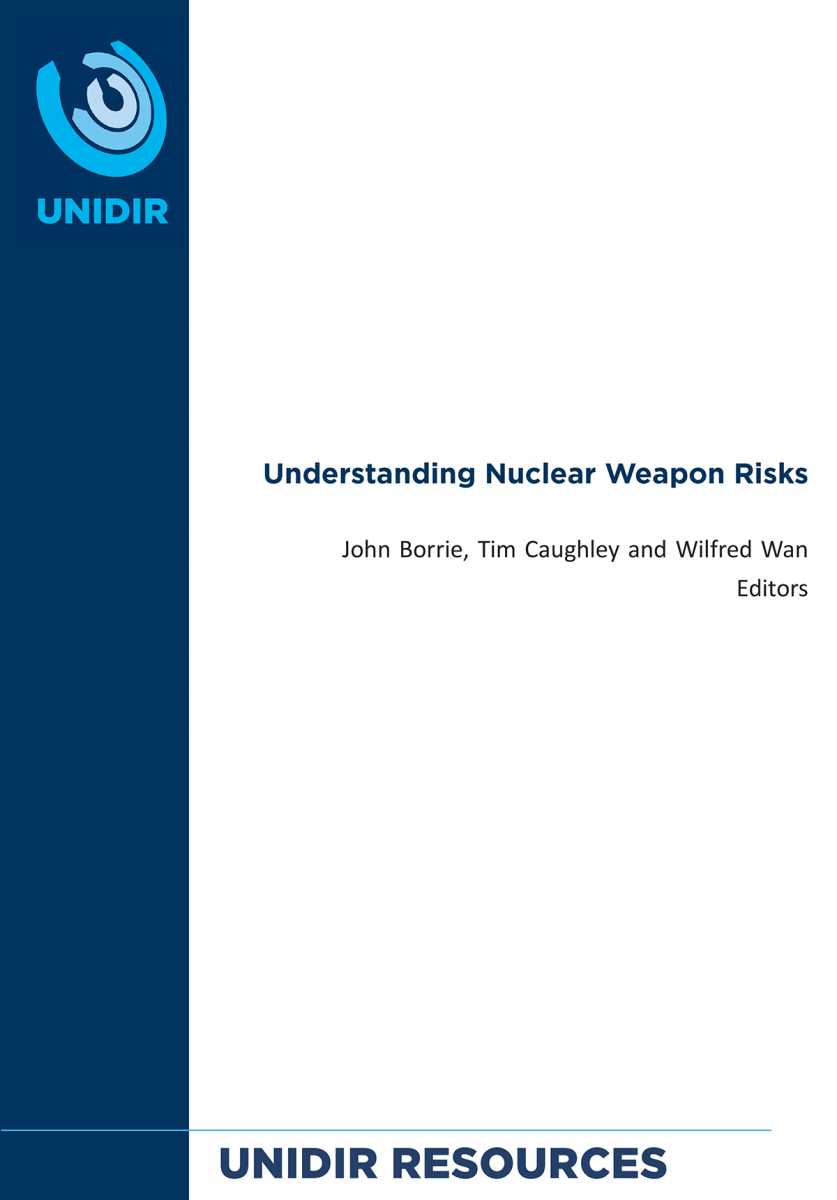"The Arms Control Association’s work is an important resource to legislators and policymakers when contemplating a new policy direction or decision."
Trends in Nuclear Risks

July/August 2017
By John Borrie, Tim Caughley, and Wilfred Wan
The probability and consequences of nuclear weapon detonation events are far from trivial and underline the need for concerted action to resume disarmament with a view to achieving a nuclear weapons-free world.
Here is a list of key facts and trends drawn from the contributions to our report, “Understanding Nuclear Weapon Risks,” for policymakers as they discuss next possible steps to take in nuclear risk reduction.
- Risk is intrinsic to nuclear deterrence doctrine as instilling uncertainty in potential adversaries is regarded as a beneficial property. Yet in a nuclear crisis situation, mistakes in estimating the inadvertent outcomes of given behaviors and interactions can lead to further escalation or actual nuclear conflict.
- Despite claims to the contrary by possessors, nuclear modernization is making nuclear weapons more usable by improving their operational flexibility and effectiveness in locating and reliably destroying targets.
- Such modernization efforts (e.g., nuclear-armed cruise missile capabilities) threaten strategic stability by creating ambiguity that increases the chance of miscalculation, misperception, escalation, and arms racing.
- Technological and doctrinal modernization efforts aimed at allowing for greater integration of conventional and nuclear warfare threaten long-standing taboos related to nuclear weapons testing and use.
- Technological advances of various kinds add new complexities and potential failure points that will strain early-warning and command and control systems, while compressing human decision-making timelines and exposing those systems to false alarms and accidents.
- New technologies also expand the range of actors, including nonstate actors, that might be able to exploit vulnerabilities (e.g., in cyberspace) in nuclear weapons systems, including in indirect ways such as the manipulation of policymakers’ and military strategists’ perceptions. This could have profound effects in a crisis.
- The idea that nuclear command and control systems can be fully air-gapped from the outside is a myth, and they contain components that are vulnerable in ways not fully understood.
- Given also considerable uncertainties (e.g., about the impacts of natural disasters and other phenomenon), the probabilistic risk acceptability criteria that guide national approaches to both power plants and weapons should not be taken as an actual measure of safety.
- Recent attention on securing highly enriched uranium and plutonium stocks and sites is laudable, but has been inconsistent and remains concentrated only on civilian nuclear material when the majority of stocks are in military hands.
- Independent safety oversight remains largely lacking in the domain of nuclear weapons, a special concern given its crucial importance in reducing the frequency of serious accidents across a range of hazardous technologies.
- New and smaller nuclear powers can exacerbate risk, as they may have less secure physical and operational control of their nuclear weapons and less doctrinal transparency and are particularly susceptible to political turmoil, governmental instability, and crisis situations.
By identifying some of the most pertinent variables linked to a potential nuclear weapons detonation event, the study extends a conversation about the whole-of-the-risk equation. It points to issues on which nuclear weapons possessors and nonpossessors alike should engage with a view to reducing the risk of use of nuclear weapons.
John Borrie is chief of research at the UN Institute for Disarmament Research (UNIDIR). Tim Caughley, a resident senior fellow at UNIDIR, manages its project on the humanitarian impact of nuclear weapons use. Wilfred Wan is a research consultant with UNIDIR. This piece is adapted from the April UNIDIR report “Understanding Nuclear Weapon Risks.”
